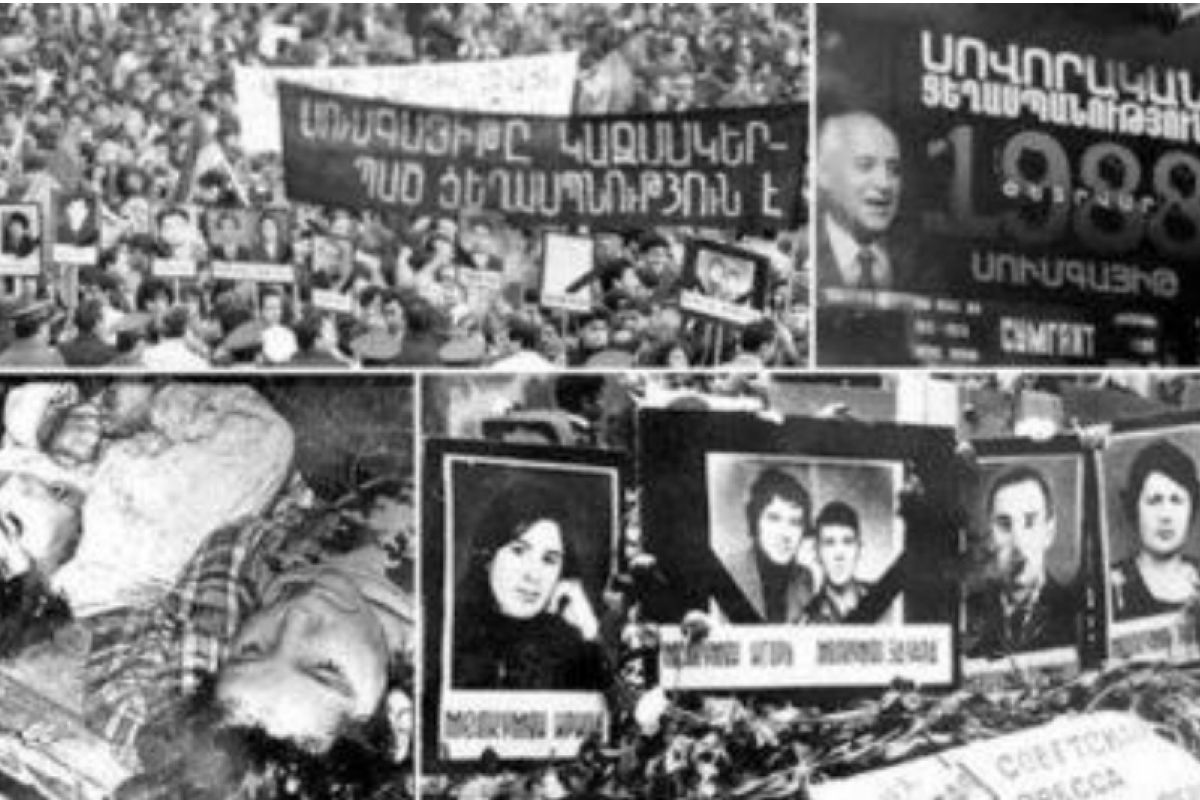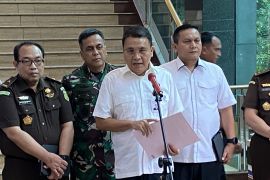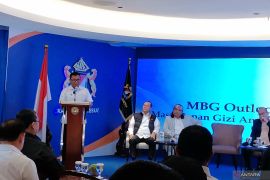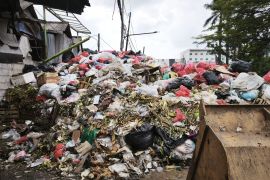35 years ago, on February 27-29, amid the encouragement and criminal inaction of the Azerbaijani authorities, massacres were committed of Armenians, living in the Azerbaijani industrial Sumgait City, resulting in the killing of hundreds of Armenians, including children, women, and elderly, while thousands were forcibly displaced.
The pre-planned pogroms in Sumgait have been the response of the Azerbaijani authorities to the peaceful demands of the people of Nagorno-Karabakh Autonomous Region – Artsakh claiming their right to determine freely and independently their future, to have the right to exercise in an unrestricted manner their fundamental human rights.
The massacres of the Armenians of Sumgait started on the evening of February 27. The perpetrators targeted the victims based solely on ethnicity - being Armenian was the only criterion.
They had earlier obtained the list of addresses of the Armenian residents of the city. The mobs entered the apartment buildings and sought out Armenians where they lived. Numerous acts of gang rape and sexual abuse were committed.
There are plenty of evidence, both printed and video materials, which prove beyond any doubt the role and scope of engagement of the then leadership of Azerbaijan, with the silent complicity of the Soviet regime in the crimes that should have been condemned long ago as crimes against humanity.
On the evening of February 28, Soviet army units entered Sumgait. However, the inaction and indulgence shown by the army did not stop the mass atrocities.
It was only on the evening of February 29 that the army took decisive action, and the massacre of the Armenian population was stopped.
On July 7, 1988, the European Parliament adopted a resolution condemning the Sumgait massacre.
The massacre in Sumgait has not been a stand-alone case, as it has been followed by similar form of barbarism against Armenians in other Armenian-populated cities of the Soviet Azerbaijan in Kirovabad, Baku, etc.
In fact, these atrocities were preceded by ethnic cleansing conducted by the Azerbaijani leadership throughout decades, which resulted in the gradual shrinking and later on in an exodus of the Armenian population of Nakhijevan, which once constituted the majority in this region.
The same fate has been reserved for the Armenian population of Nagorno-Karabakh.
Even before 1988, this policy of squeezing out the indigenous population of the lands that were given to Azerbaijan by the willful decision of Bolshevik Party’s body, which had no legitimacy to decide on such matters, would spill from time to time into anti-Armenian violence.
From 1988 onward, violence against Armenians rather than being an exception became the norm.
As a consequence of the ethnic cleansing policy, more than half a million of Armenians became refugees, which eventually led to the complete deportation of Armenians from Azerbaijan.
The subsequent events demonstrated that the mentioned crimes of the Azerbaijani authorities were not separate episodes but vivid examples of state-planned Armenophobia.
On September 27, 2020, the large-scale war unleashed by Azerbaijan against Artsakh and its people was accompanied by similar crimes against the Armenian identity, with the difference that the killings of civilians were carried out not by a controlled crowd but by servicemen of the Azerbaijani military forces․
Since the ceasefire signed on the 9th of November 2020, Azerbaijan launched attacks against Armenia and Artsakh in 2021 and 2022.
As a result of the largest Azerbaijani aggression against Armenia on September 13-14, 2022, the Armenian side had at least 225 killed and more than 300 injured servicemen and civilians and occupied around 150 sq. km of Armenian territory.
Another vivid Armenophobic action is ongoing currently for more than 80 days. Azerbaijan has illegally blockaded the Lachin corridor, the life road that connects Artsakh with Armenia and the world.
The purpose of this operation is to also displace the remaining 120 thousand Armenians from Nagorno-Karabakh.
The call to open the road from the wide international community, as well as the ICJ order from February 22, 2023, that states “… Azerbaijan shall, pending the final
decision in the case and in accordance with its obligations under CERD, take all measures at its disposal to ensure unimpeded movement of persons, vehicles and cargo along the Lachin Corridor in both directions” was not yet heard by the authoritarian regime of Baku.
Henceforth, Azerbaijan continues its policy of depopulating Nagorno-Karabakh by subjecting the Armenians of Nagorno-Karabakh to ethnic cleansing.
In order to prevent it, targeted condemnation by the international community and the implementation of relevant international mechanisms is imperative.
Even today, ignoring the orders of the international courts, Azerbaijan explicitly continues to destroy, desecrate, and vandalize the Armenian historical-cultural monuments and sanctuaries, aiming to erase the Armenian trace in the territories fallen under its control.
Simultaneously, the propaganda of hatred towards Armenians continues at the highest level, which aims to prevent the two nations from overcoming the environment of enmity.
These days, paying tribute to the memory of the innocent victims of the massacres against Armenians in Sumgait and other communities, we emphasize once again that Azerbaijan's Armenophobic rhetoric, maximalist aspirations, and aggressive actions in response to efforts of Armenia to build stability and peace in the region, are inadmissible.
*) H.E. Serob Bejanyan is the Ambassador of Armenia to Indonesia.
*) The views and opinions expressed on this page are those of the author and do not necessarily reflect the official policy or position of the ANTARA News Agency.
Related news: Armenia, Antara launch photo book entitled Armenia: Land of Legend
Copyright © ANTARA 2023












